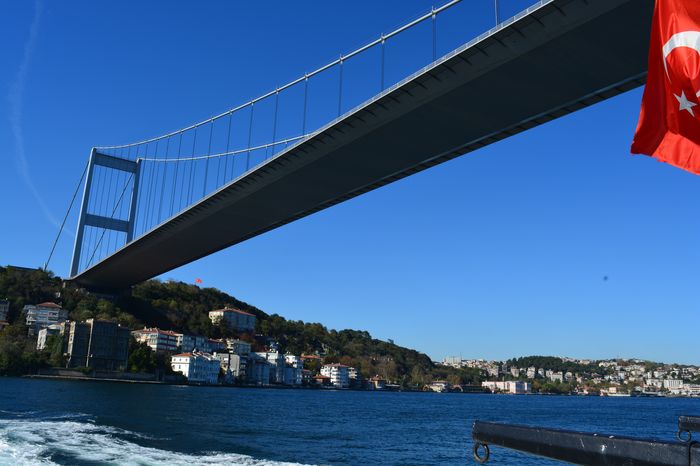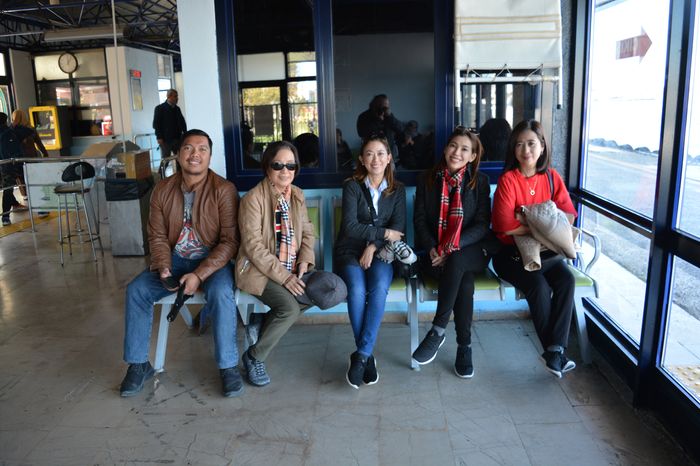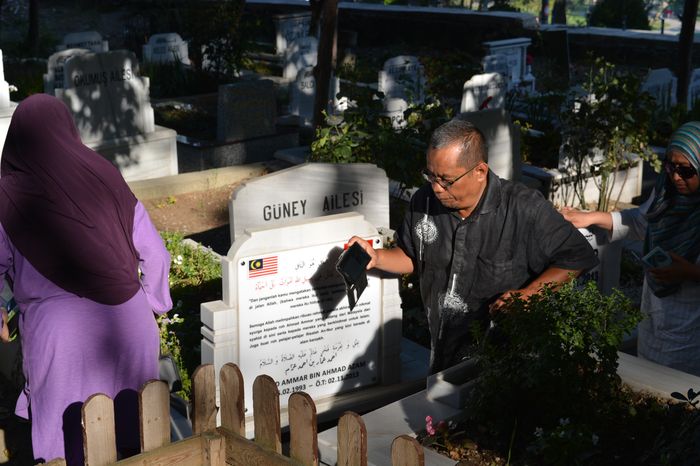In Byzantine history, several city gates are mentioned that are believed to have been part of the original Constantinian walls of Constantinople. These gates may no longer exist today, but historical records and archaeological findings give us clues about their locations and importance.
Porta Polyandriou – The Gate of the Cemetery
One such gate was called the Porta Polyandriou, or the Gate of the Cemetery. This gate was located near the Church of the Holy Apostles, which once stood on one of the city’s prominent hills The Northern End of the Constantinian Wall.
In later periods, during the time of the Theodosian Walls, the same name was used for the Gate of Adrianople. However, there’s a strong possibility—suggested by the historian Dr. Mordtmann—that the name originally referred to a gate in the Constantinian wall, which stood closer to the Imperial Cemetery near the Church of the Holy Apostles.
The name “Polyandriou” likely came from this cemetery, which was used for royal and imperial burials. Because the Constantinian wall would have passed nearer to this sacred site, it makes historical sense that the original Gate of the Cemetery was part of Constantine’s earlier fortification.
Porta Atalou – The Gate of Atalus
Another notable gate was the Porta Atalou, or the Gate of Atalus. This gate was especially important because it was decorated with statues of two major figures:
Constantine the Great, the founder of Constantinople
Atalus, after whom the gate was named
Both statues stood on the gate until they collapsed in an earthquake in the year 740. The destruction of these monuments was mentioned alongside damage to another well-known structure, the Column of Arcadius, which stood in the Xerolophos area Sofia Day Tour
.
This connection with Xerolophos, or the Seventh Hill of the city, is important. Since the gate is not known to have existed in the Theodosian Walls, it’s likely that it stood in the earlier Constantinian Wall, possibly aligned with one of the later Theodosian gates on that hill.
Evidence Supporting Their Origins
Several pieces of evidence support the belief that these gates belonged to Constantine’s original city wall, not to later expansions:
Their historical names match with nearby landmarks that existed during Constantine’s time.
They are not recorded as part of the later Theodosian Wall system.
Their association with known monuments like the Church of the Holy Apostles and the Column of Arcadius helps us determine their likely location.
The Porta Polyandriou and Porta Atalou are significant clues in reconstructing the original boundaries of Constantinople under Emperor Constantine. Their locations and associated monuments show how the city’s earliest defenses were deeply connected to important religious and political sites. These ancient gates remind us of the city’s layered history, where names, statues, and stories help us trace the evolution of Byzantine urban planning.







